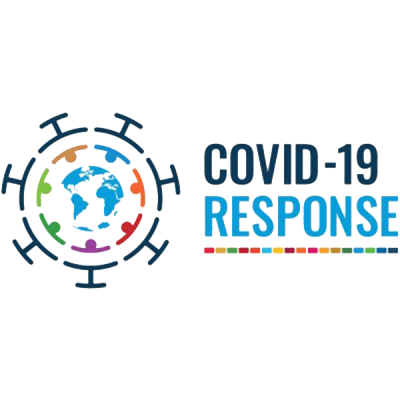November 11th, 2020
The SARS-CoV-2 virus is washing over the world in waves, with surprisingly different impacts. Some countries were hit incredibly hard, completely overwhelming health systems and catapulting COVID-19 to easily become the main cause of death (e.g. Peru, Bolivia and Ecuador). Other countries experienced widespread infection hardly noticed by the infected despite several structural disadvantages. For example, Tokyo, with the world’s oldest population and extremely high population densities, experienced very low COVID-19 mortality rates, as did slums in India, with extremely poor people without access to basic services and without any possibility of social distancing. Yet other countries managed to contain the virus through thorough testing, tracing and isolating the infected people.
With many countries now entering their second wave, and governments starting to panic at the prospect of the cool weather huddling people indoors where the virus spreads much more efficiently, it is important to learn as much as possible from the first wave.
A new working paper, recently published by the Institute for Advanced Development Studies in Bolivia, evaluates the impacts the pandemic’s first six months on deaths and on the quality of life, in 124 countries. Changes in quantity of life are measured as life years lost to COVID-19, including excess deaths not officially reported as COVID-19 deaths. Changes in quality of life are proxied by the average change in daily mobility, compared to a pre-COVID baseline. The paper finds a significantly negative correlation between the two, meaning that the countries with the largest reductions in mobility are also the countries with the highest number of years of life lost.
The results suggest that even the strictest lockdowns during many months, with no school, nor public transportation, social activities, and only absolutely essential work -with police and military in the streets to enforce restrictions- cannot prevent the spread of the virus. It therefore seems optimistic to believe that the half-hearted lockdowns currently implemented in some European countries will have any chance of significantly reducing infection rates.
The paper calculates the total loss of life years during the first six months of the pandemic at 15 million years, corresponding to 0.006% of all expected remaining life years in the world. For comparison, at least thrice as many life years are lost every six months due to children dying of diarrhea. About 28 million new years of life are created every day from babies being born, so, globally, in six months the pandemic set us back about 14 hours in terms of quantity of life.
The setbacks in terms of quality of life are several orders of magnitude larger. Some countries have suffered more than 50% reduction in mobility sustained over half a year, with many devastating effects on quality of life. Globally, the equivalent of 400 million full-time jobs were lost. GDP is estimated to have been set back about three years, poverty about five years, and the tourism industry about 20 years. The already large inequalities in access to quality education have been further widened, leaving hundreds of millions of disadvantaged children farther behind. Even countries that managed the pandemic relatively well are suffering large economic contractions due to the negative spillover effects from other countries.
COVID-19 is bad, but it is important not to make things even worse by imposing ineffective or counterproductive policies. Most countries missed the early opportunity of eradicating the virus, so their best options are to: i) slow the spread of the virus, so that it is manageable, and ii) reduce its lethality.
To slow the spread of the virus, the paper recommends cheap and sustainable behavioral changes, such as physical distancing, hand washing, mask wearing, good ventilation, avoiding crowds, meeting with as few different people as possible, working from home when possible, walking or cycling instead of using public transportation, reducing the amount of in-person classes in schools and universities, and of course staying at home when sick or potentially infected. Risks vary tremendously from person to person, from place to place, and over time, so it is best to let individuals decide, together with their family members, colleagues and friends, how strictly to apply these measures in any given situation. Every decision involves costs and benefits, and it is impossible for a central authority to make these very complicated calculations.
What to do about schools is a particularly challenging decision, however, as these community hubs integrate people with vastly different risks. Clearly, a variety of options should be available for students, but cancelling school altogether is a very bad decision, as it disproportionately and permanently harms disadvantaged children, and it doesn’t even save teachers. Bolivia cancelled the entire school year, and no teacher has been in contact with students since the beginning of the pandemic. Still, at least 10 times more teachers have died from COVID-19 in Bolivia, than in Sweden, where primary school education has continued without any modifications.
To reduce the lethality of the virus, the authors of the paper recommend that everybody maximizes their immune system, by a healthy diet, making sure they are not deficient in any crucial vitamins and minerals, getting daily exercise and fresh air, and avoiding stress, so that if or when they get exposed to the virus, the immune system can easily defeat it. Lockdowns have the exact opposite effect, especially on relatively disadvantaged people.
For more details, please download the full paper here.
* SDSN Bolivia.
The viewpoints expressed in the blog are the responsibility of the authors and do not reflect the position of their institutions.

 Español
Español

